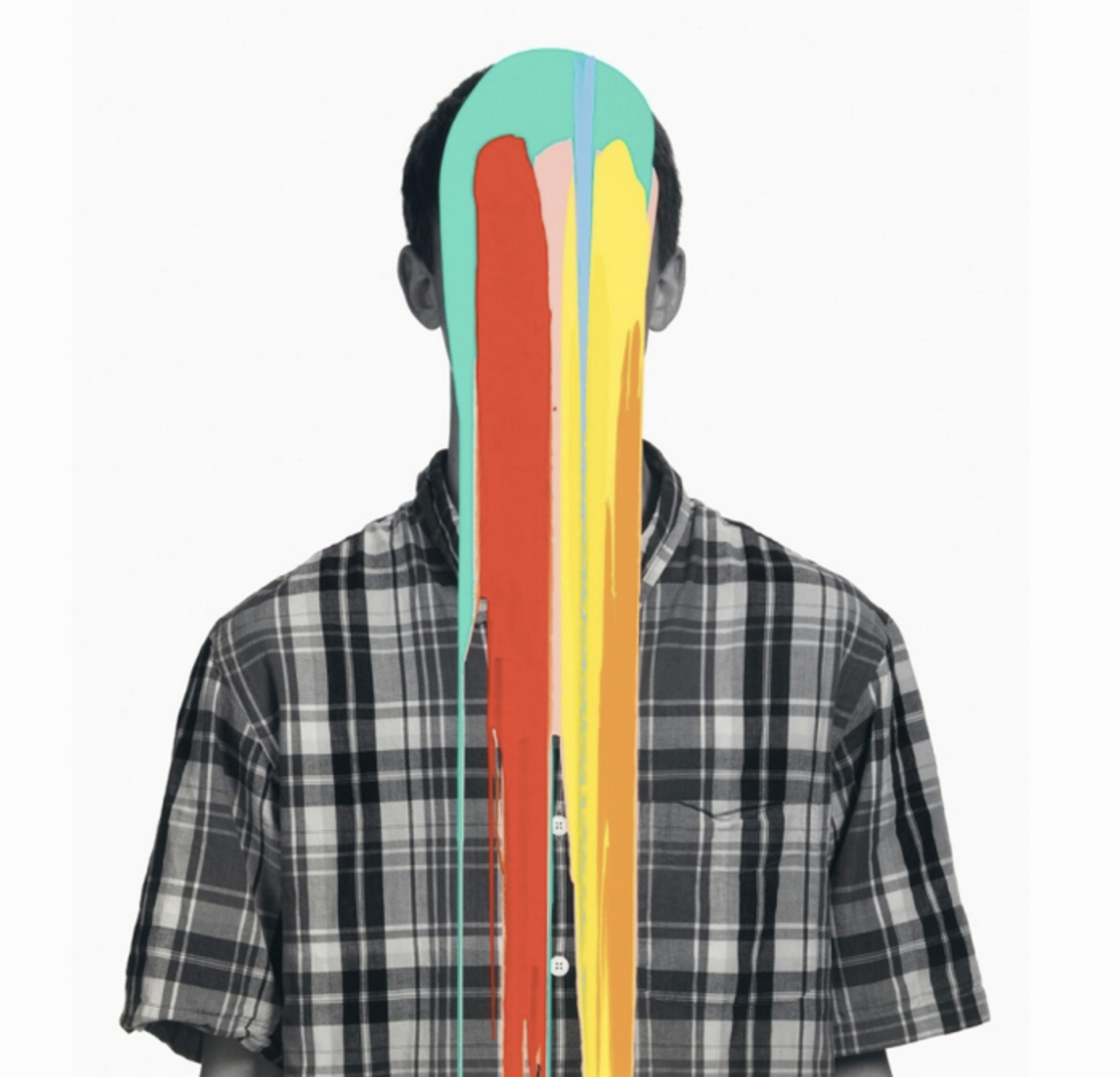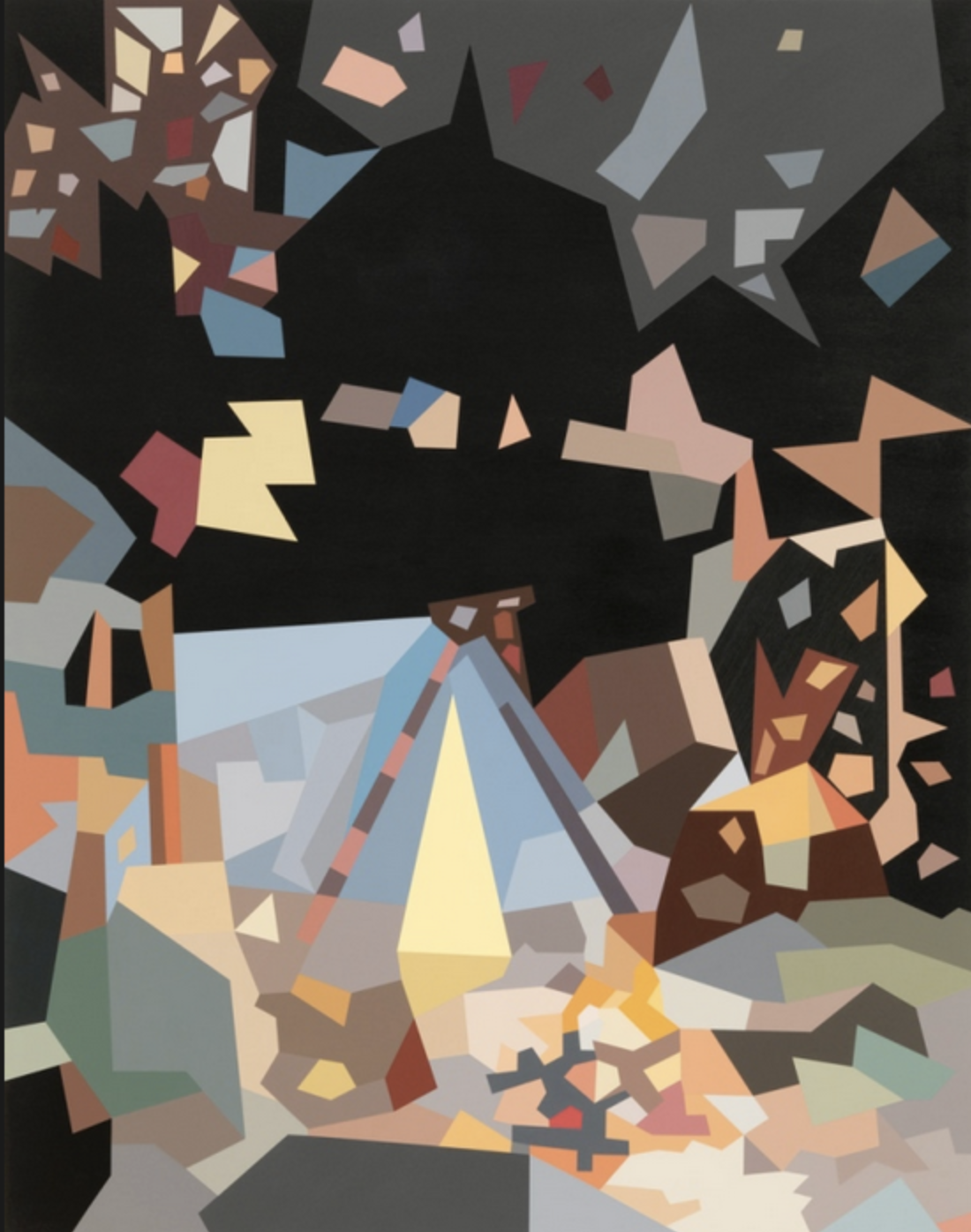Douglas Coupland Everywhere is Anywhere is Anything is Everything
Douglas Coupland has a new and wonderful show at the Vancouver Art Gallery. The author of 14 books and numerous works of art as well public monuments and more, Coupland is one of the rare Gen X’ers who has explored with greater and greater depth, how different creative groups and communities interact. Or perhaps the better word might be interface. All of his works explore the relationships within cultural phenomena and individual struggle, linked to an attempt to more fully understand what makes people and communities tick. He is part of a generation for whom media and information are crucial pedestals for identity and for critique. If Coupland could control his own representations, he would in theatrical fashion allow his art to speak with the voice and authority of a teacher. But he recognizes that most of what he places into the public sphere will be taken up and taken apart in unpredictable ways. Recognizing this, he plays with chance in all his work, written or visual, and because he is a master of installations, he opens audiences to the opportunity of reconfiguring what he has created. This is especially true in his book on Marshall McLuhan, which is McLuhan on steroids suddenly rewritten for another age and another generation, a celebration of experiential fragments and how they coalesce into stories, and in particular with McLuhan, a life story.
Symbols, Media, Interface Culture and of course newspapers
Coupland’s show at the VAG borrows extensively from Duchamp. It is a celebration of the found object, in this case thousands of found objects gathered through E-Bay and foraging in cities and on islands in the Pacific Northwest. Many of the main installations have hundreds of objects carefully arranged to tell stories not only about youth (toys) but also about history (trains, planes and other technologies that move people from different locations to other locations, no specified end in sight, just movement). One room is wallpapered with thousands of tiny boxes of different colours, creating the effect of a screen onto which Coupland has placed portraits of people obscured by what looks like a can of paint thrown at the picture. The result is a controlled wipeout, paint streaming from nowhere converting expression into aesthetics — or a construction of the twin towers, now at human height, which for a moment recovers what was lost without drama or nostalgia.
Lego is an important part of the show and is Coupland’s answer the challenges of prefabrication and customization as well as mass production. In fact, Lego is a central metaphor for Coupland. Everything about Lego screams for change. Change the shapes, alter the ways in which the pieces connect, transform their colours, and make them work as sculptures. Get rid of the literal! If there is one overriding theme for the show, it is this desire to layer every object with metaphorical importance. And it works, just as his reinterpretation of Ziggy Stardust captures the hopes and failures of David Bowie’s almost ethnographic exploration of androgyny at a time (1972) when sexuality and sexual identity was being challenged in the most fundamental of ways. No part of Coupland’s show is without some sort of reference to the history of pop culture majestically set off by giant sculptures in plastic of otherwise mundane objects like detergent bottles.
So, here we are in perhaps the most “virtual” of times (and I trailed William Gibson as he toured the show), dominated by screens and many other complex interfaces, and Coupland finds a way to resurrect objects and to play with their meanings. The irony of the show is that it is as much a look forward as it is a look backward into history, the history of the 20th century. Here Coupland becomes a chronicler of the hidden moments, large dolls, globes covered with black paint, and paintings that transform the Group of Seven into collages of coloured paper, hinting at landscapes but abstracting nature from them. In the end, Coupland wants us to participate in his world. Enter stage left and join him in a dance to material culture. He is an archivist, archeologist and also most importantly, a chronicler of what we miss when we don’t take in the full view of the cultural spaces we inhabit.
The Group of Seven, circa the 21st Century



